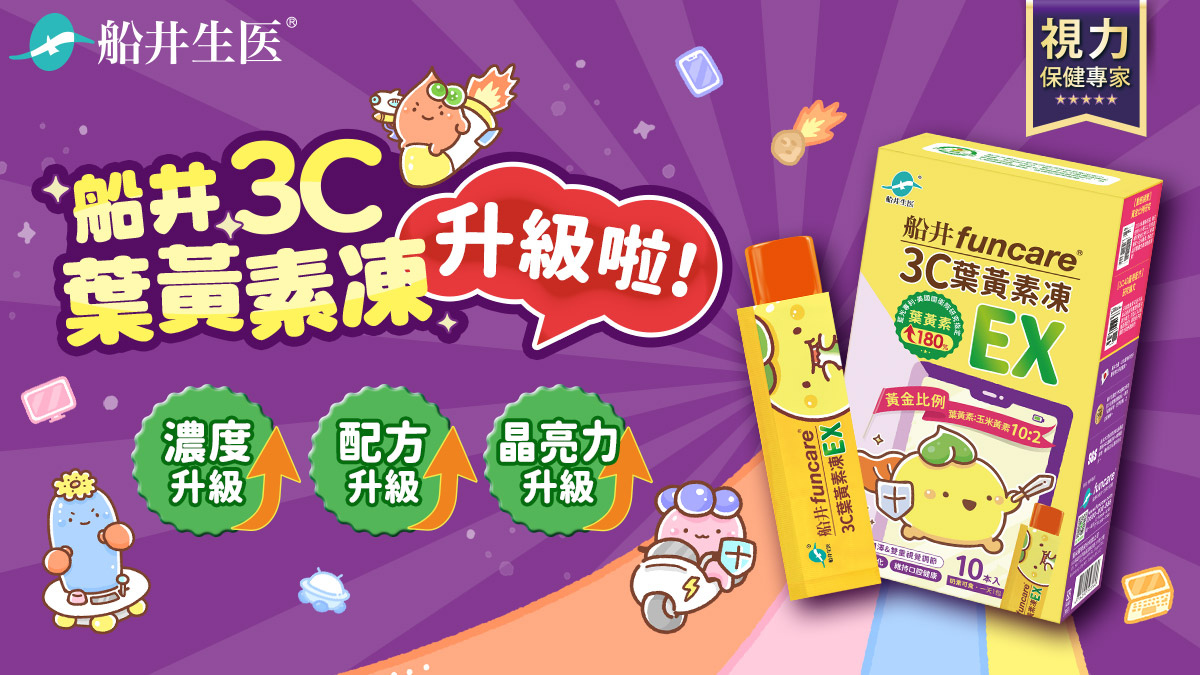
Valentine's Day is on February 14 each year.
l Japan
In Japan, Morozoff Ltd. introduced the holiday for the first time in 1936, when it ran an advertisement aimed at foreigners. Later in 1953 it began promoting the giving of heart-shaped chocolates; other Japanese confectionery companies followed suit thereafter. In 1958 the Isetan department store ran a "Valentine sale". Further campaigns during the 1960s popularized the custom.
The custom that only women give chocolates to men appears to have originated from the translation error of a chocolate-company executive during the initial campaigns. In particular, office ladies give chocolate to their co-workers. Unlike western countries, gifts such as greeting cards, candies, flowers, or dinner dates are uncommon, and most of the activity about the gifts is about giving the right amount of chocolate to each person. Japanese chocolate companies make half their annual sales during this time of the year.
Many women feel obliged to give chocolates to all male co-workers, except when the day falls on a Sunday, a holiday. This is known as giri-choko (義理チョコ), from giri ("obligation") and choko, ("chocolate"), with unpopular co-workers receiving only "ultra-obligatory" chō-giri choko cheap chocolate. This contrasts with honmei-choko (本命チョコ, favorite chocolate), chocolate given to a loved one. Friends, especially girls, may exchange chocolate referred to as tomo-choko (友チョコ); from tomo meaning "friend".
In the 1980s the Japanese National Confectionery Industry Association launched a successful campaign to make March 14 a "reply day", where men are expected to return the favor to those who gave them chocolates on Valentine's Day, calling it White Day for the color of the chocolates being offered. A previous failed attempt to popularize this celebration had been done by a marshmallow manufacturer who wanted men to return marshmallows to women.
Men are expected to return gifts that are at least two or three times more valuable than the gifts received in Valentine's Day. Not returning the gift is perceived as the man placing himself in a position of superiority, even if excuses are given. Returning a present of equal value is considered as a way to say that you are cutting the relationship. Originally only chocolate was given, but now the gifts of jewelry, accessories, clothing and lingerie are usual. According to the official website of White Day, the color white was chosen because it's the color of purity, evoking "pure, sweet teen love", and because it's also the color of sugar. The initial name was "Ai ni Kotaeru White Day" (Answer Love on White Day).
In Japan, the romantic "date night" associated to Valentine's Day is celebrated on Christmas Eve.
In a 2006 survey of people between 10 and 49 years of age in Japan, Oricon Style found the 1986 Sayuri Kokushō single, Valentine Kiss, to be the most popular Valentine's Day song, even though it sold only 317,000 copies. The singles it beat in the ranking were number one selling Love Love Love from Dreams Come True (2,488,630 copies) and Valentine's Radio from Yumi Matsutoya (1,606,780 copies). The final song in the top five was My Funny Valentine by Miles Davis.
In Japan, a slightly different version of 七夕 called Tanabata has been celebrated for centuries, on July 7 (Gregorian calendar). It has been considered by Westerners as similar to St. Valentine's Day, but it's not related to it, and its origins are completely different



 留言列表
留言列表


